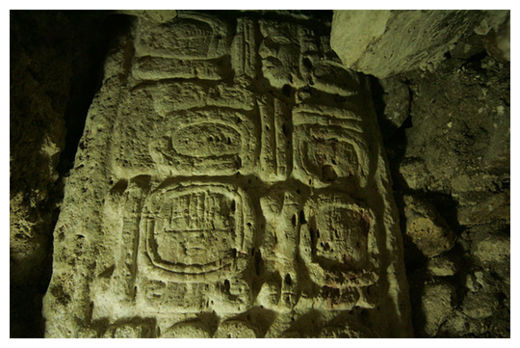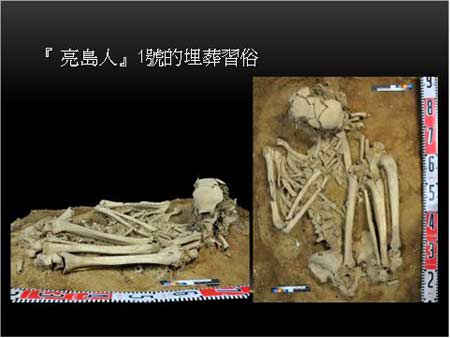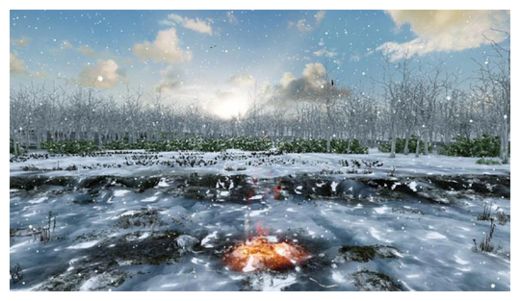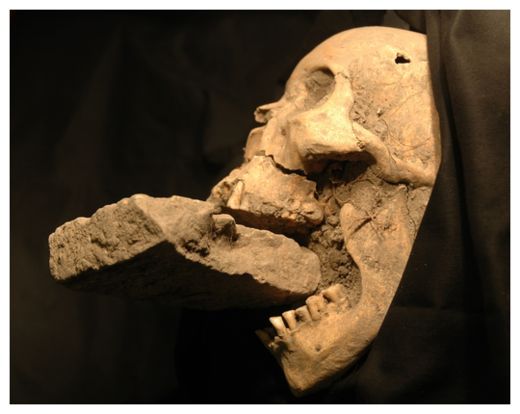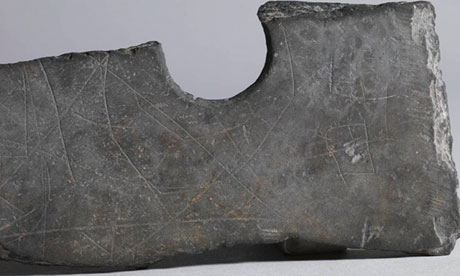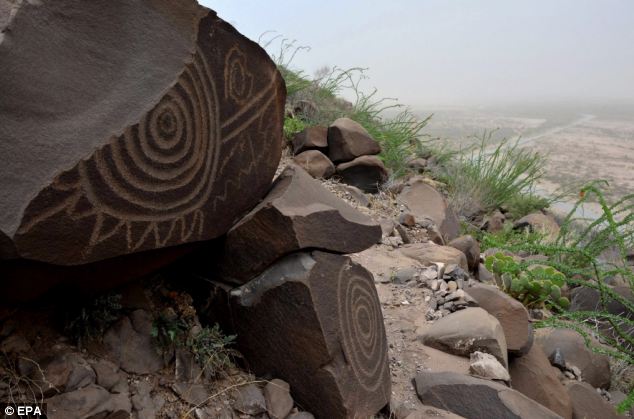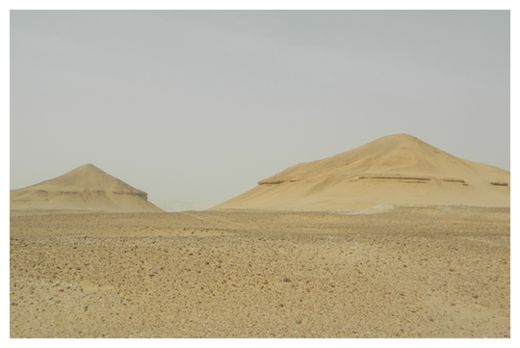
© Mohamed Aly Soliman The structures were spotted last year by amateur satellite archaeologist Angela Micol. She used Google Earth 5,000 miles away in North Carolina.
Mysterious, pyramid-like structures spotted in the Egyptian desert by an amateur satellite archaeologist might be long-lost pyramids after all, according to a new investigation into the enigmatic mounds.
Angela Micol, who last year found the structures using Google Earth 5,000 miles away in North Carolina, says puzzling features have been uncovered during a preliminary ground proofing expedition, revealing cavities and shafts.
"Moreover, it has emerged these formations are labeled as pyramids on several old and rare maps," Micol told Discovery News.
Located about 90 miles apart, the two possible pyramid complexes appeared as groupings of mounds in curious positions.
One site in Upper Egypt, just 12 miles from the city of Abu Sidhum along the Nile, featured four mounds with an unusual footprint.
Some 90 miles north near the Fayum oasis, the second possible pyramid complex revealed a four-sided, truncated mound approximately 150 feet wide and three smaller mounds in a diagonal alignment.
"The images speak for themselves," Micol said when she first announced her findings. "It's very obvious what the sites may contain, but field research is needed to verify they are, in fact, pyramids,"
